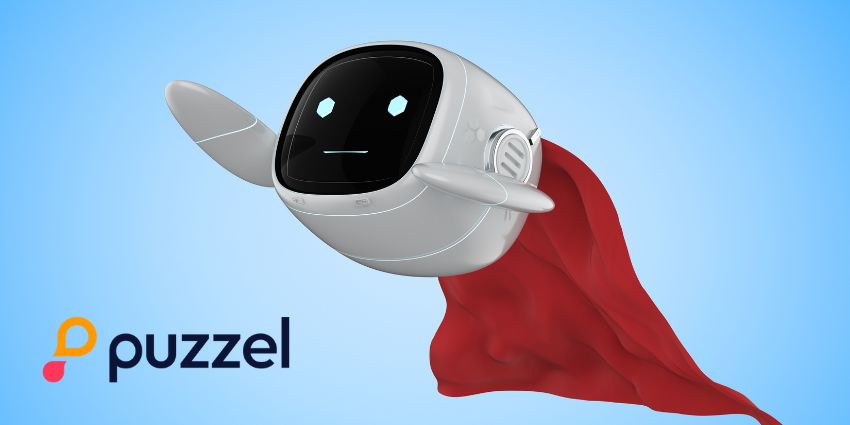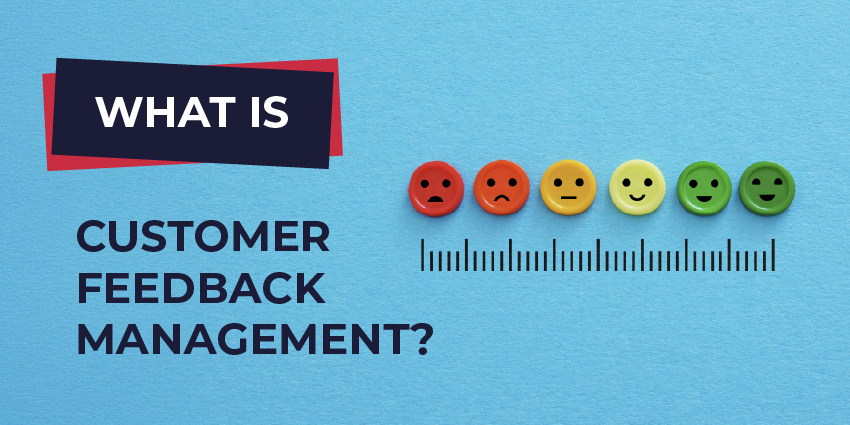Questions are continually circling the world of CX when interpreting what AI will mean in the future.
Some often asked questions include, ‘Do customers really want it?’ and ‘What does it actually mean for enterprises?’
Despite these questions, AI has undoubtedly become one of the most transformative technologies out there, especially in the world of CX.
From conversational AI to generative AI to agentic AI, the technology has a growing presence across the CX landscape—whether in CCaaS, UCaaS, contact centers, or CRMs.
Yet, the path to successful AI adoption is often fraught with complexities, from navigating vendor hype to aligning the technology with unique business needs.
As a global IT service and CX solutions provider, Miratech provides expert guidance to organizations looking to integrate AI meaningfully into their operations. The company’s vendor-agnostic, tailored approach ensures AI implementations address real-world challenges to deliver tangible business results.
“Whether it’s reducing operating costs, streamlining customer interactions, or transitioning from on-premises systems, Miratech’s end-to-end services are designed to simplify the adoption process and maximize value,” according to Matthew Ainsworth, Chief Revenue Officer at Miratech.
By focusing on seamless integration, advanced analytics, and lifecycle optimization, the company helps enterprises unlock AI’s transformative power while navigating the realities of its implementation.
Tackling Key Challenges in AI Adoption
Unpacking the vendor landscape is an important step in discovering what AI can do for enterprises. Getting this analysis right should reflect on what a business really needs, cutting through the saturation of the AI market and the huge volume of vendors, contact centers, ITSMs, CRMs, and cloud providers starting to step into each other’s territory.
Still today, a significant portion of large enterprises are left wondering what AI really means for them. Ainsworth stressed that “everybody hasn’t even moved to the cloud at this point.”
“The reality is that the CCaaS industry has moved very quickly. There was a big uptake and spike in small companies where there was a positive, easy, quick solution for them.”
“It is widely accepted that this suited their needs and requirements at the time, leading to a large uptake in rolling CCaaS out to these companies. However, the rollout of AI is now at an interesting and more challenging crossroads for larger enterprises.”
Ainsworth noted that larger enterprises have more nuanced needs and requirements. “They’re [larger enterprises] questioning, do I get everything I need from that one vendor like I used to, or am I now looking at my cloud service provider to fill the gaps.”
This is where the likes of Google, Amazon, and Microsoft hope to capitalize.
Ainsworth feels that combining all these considerations “has become a lot more complex,” and Miratech aims to ease these constraints and ultimately increase the rollout of cloud-native, integrated AI solutions.
Bridging the Knowledge Gap and Reducing the Fear Factor
Market saturation and hype isn’t the only challenge facing enterprises looking to implement AI.
Knowledge gaps leave room for fear to creep into decision-makers’ minds, especially regarding ROI, use cases, and security.
To combat this, Miratech assists enterprises in understanding AI’s real-world applications, demystifying the complexities of AI technologies.
“As this transition is happening rapidly, AI adoption can be difficult for enterprises to consume and understand where they should go.”
“One of the biggest questions enterprises are asking is whether they can rely on one vendor to do everything, as they have done historically?”
Ainsworth suspects that people realize that “they’re often going to have to use multi-vendor approaches” to address these problems – which means the importance of vendor-agnostic guidance and strong integration capabilities are key to be able to take full advantage of AI’s potential.
Encouraging Uptake Through Real-World Solutions
A recent example of Miratech achieving real results through the implementation of AI saw the company partner with a leading global healthcare organization. Transforming their CX strategy and integrating new AI capabilities improved the organization’s customer journeys – significantly improving the containment rate and scaling the number of AI bots able to handle personalized calls.
Interested in learning more about Miratech? Check out their website.







